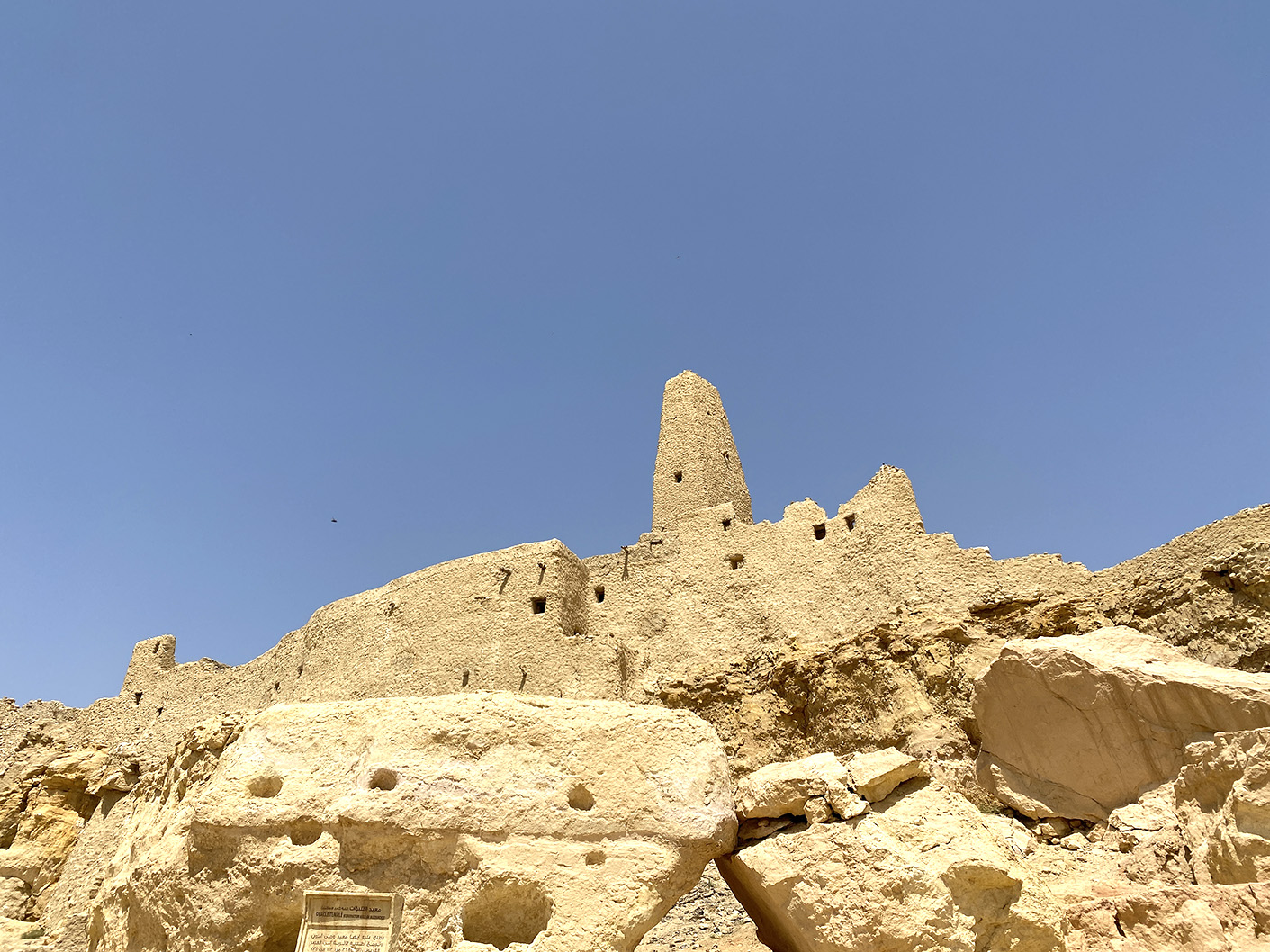Difference between revisions of "Template:Occult.live:Today's featured article"
Occultwiki (talk | contribs) |
Occultwiki (talk | contribs) |
||
| Line 1: | Line 1: | ||
[[File: | [[File:Temple of Siwa.jpg|250px|left]] | ||
'''[[ | The '''[[Oracle of Amun]]''' was a solitary [[oracle]] temple located at the Siwa Oasis in Western Egypt near Libya devoted to the [[Egyptian religion|Egyptian god]] [[Amun-Ra]]. Although the oasis is known to have been settled since at least the 10th millennium BC, the earliest evidence of any connection with Ancient Egypt is the 26th Dynasty, when a necropolis was established and temple were built sometime between 663 - 535 BC. | ||
When Alexander the Great occupied Egypt in late 331 BC, he made visiting the oracle at Siwa a priority. After meeting with the priests, he was permitted access to the temple's Holy of Holies where Alexander spoke alone directly with the oracle. This situation was extremely rare. Typically, a petitioner gave their question to the oracle priest who took the request inside the Holy of Holies. However, due to Alexander's status and renown, the priests allowed him inside the most sacred part of the temple. Here, after speaking with the oracle through a divided partition in the stone temple wall, Alexander was pronounced son of Amun-Ra, confirming him as both a divine personage and the legitimate Pharaoh of Egypt. | |||
'''([[Oracle of Amun|Full Article...]])''' | |||
'''([[ | |||
Revision as of 05:35, 19 September 2023
The Oracle of Amun was a solitary oracle temple located at the Siwa Oasis in Western Egypt near Libya devoted to the Egyptian god Amun-Ra. Although the oasis is known to have been settled since at least the 10th millennium BC, the earliest evidence of any connection with Ancient Egypt is the 26th Dynasty, when a necropolis was established and temple were built sometime between 663 - 535 BC.
When Alexander the Great occupied Egypt in late 331 BC, he made visiting the oracle at Siwa a priority. After meeting with the priests, he was permitted access to the temple's Holy of Holies where Alexander spoke alone directly with the oracle. This situation was extremely rare. Typically, a petitioner gave their question to the oracle priest who took the request inside the Holy of Holies. However, due to Alexander's status and renown, the priests allowed him inside the most sacred part of the temple. Here, after speaking with the oracle through a divided partition in the stone temple wall, Alexander was pronounced son of Amun-Ra, confirming him as both a divine personage and the legitimate Pharaoh of Egypt.
